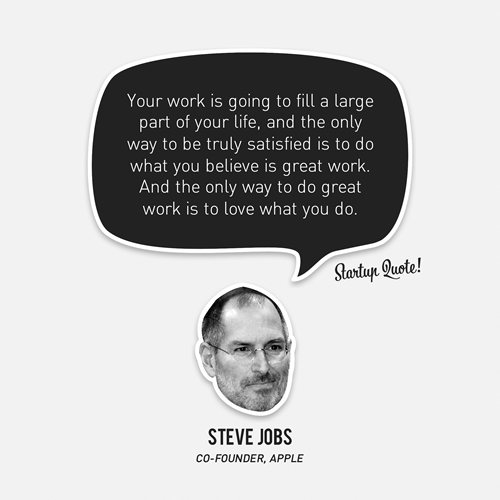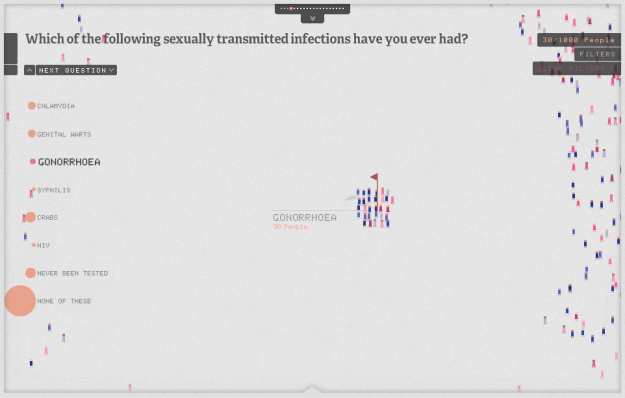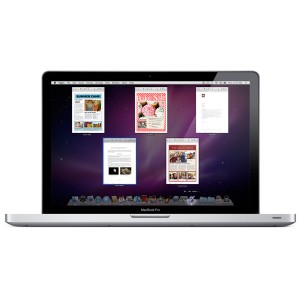To take flight, first strengthen your legs: It sounds like a self-help proverb, but it could explain how birds first took wing.
Until now, most explanations of the evolution of flight have assumed that going airborne was an end in itself, driven by the need of some early dinosaur to glide down from trees or up off the ground.
But flight could have instead been an incidental benefit of beefier muscles needed to compensate for losing a heat-generating protein.
“Flight is seen as the hallmark of bird evolution,†said developmental biologist Stuart Newman of the New York Medical College. “But you can make the argument that the particular form bird skeletons took that opened the way for flight was a side effect.â€
Newman’s research shows that all birds and reptiles lack a single gene that codes for a protein called UCP1 or, with a nod to its function, thermogenin. It’s an essential part of the metabolic reaction that burns brown fat, helping bodies self-regulate internal temperature and generate heat without shivering.
Thermogenin’s absence from birds and reptiles hints at its loss in some early common ancestor, with the thermogenin-retaining relative later giving rise to mammals. But whereas reptiles became cold-blooded, basking in sunshine when needed, birds stayed warm-blooded.
As Newman describes in a September Bioessays paper, the key to their warmth is muscles. Muscles are powerful generators of heat, which is a byproduct of the chemical reaction that makes them contract. Bird muscles also have further heat-generating adaptations. And birds are, in a word, jacked.
In ounce-for-ounce comparison, mammals and reptiles are scrawny weaklings next to birds. And it’s not just avian breast muscles that are pumped, as would be expected in flyers, but their legs too.
“My hypothesis is that birds basically salvaged their existence by developing very large skeletal muscles,†said Newman.
Once heavily muscled, he believes proto-birds would naturally have gravitated towards bipedalism, which isn’t a particularly challenging transition. Indeed, walking on two legs was widespread in dinosaurs.
Bipedality releases upper limbs, both literally and in evolutionary terms, allowing them to accumulate large mutations with relatively little risk. Combine that with powerful breast muscles, and wings would soon follow.
Testing Newman’s hypothesis may not be possible, as it would require comparing early bird and dinosaur skeletons and genes, and DNA is lost in the fossil record. But that flight could plausibly have been a fortunate side effect of some unrelated adaptation, rather than the original driver of bird development, is a useful evolutionary lesson.
Newman also suggests people at least reconsider the phenomenon of flightlessness in birds, which is generally portrayed in terms of loss.
“It’s almost universally accepted that all flightless birds come from flighted ancestors,†said Newman. “That might be true — but maybe it’s flying birds that have flightless ancestors. Maybe flightless birds were the leading edge.â€
Top image: Lip Kee Yap/Flickr
See Also:
- Fancy Feathers Predated Flight in Dinosaur-Bird Hybrid
- Chubby Little Birds Make Superfast Long-Distance Flights
- Early Birds’ Wings Probably Didn’t Flap
- Amazing Starling Flocks Are Flying Avalanches
- High Metabolism Fueled Evolution of Bat Flight
- Fossil Catches Dinosaur Red-Handed, Evolving Into Bird
- Archaeopteryx Knocked From Roost as Original Bird
Citation:â€Thermogenesis, muscle hyperplasia, and the origin of birds.†By Stuart Newman. Bioessays, Vol. 33 No. 9, September 2011.


 The earthquake and tsunami that walloped Japan left much of its coastline ravaged, but left one thing intact: the Japanese reputation for honesty.
In the five months since the disaster struck, people have turned in thousands of wallets found in the debris, containing $48 million in cash.
More than 5,700 safes that washed ashore along Japan's tsunami-ravaged coast have also been hauled to police centers by volunteers and search and rescue crews. Inside those safes officials found $30 million in cash. One safe alone, contained the equivalent of $1 million.
The National Police Agency says nearly all the valuables found in the three hardest hit prefectures, have been returned to their owners.
(ABC News)
The earthquake and tsunami that walloped Japan left much of its coastline ravaged, but left one thing intact: the Japanese reputation for honesty.
In the five months since the disaster struck, people have turned in thousands of wallets found in the debris, containing $48 million in cash.
More than 5,700 safes that washed ashore along Japan's tsunami-ravaged coast have also been hauled to police centers by volunteers and search and rescue crews. Inside those safes officials found $30 million in cash. One safe alone, contained the equivalent of $1 million.
The National Police Agency says nearly all the valuables found in the three hardest hit prefectures, have been returned to their owners.
(ABC News) 







Love the One You’re With
After C. S. Lewis lost his wife, Helen, to cancer, he realized he didn’t have a single good picture of her. Maybe that’s hard to grasp in our culture of profile pics from every angle, but he wasn’t upset about it. In fact, he saw the distinct advantage of lacking a quality image of his wife. He wrote:
How could a photo of the woman he loved become a snare? Because in the absence of the real person, he saw his tendency to fill the image with his own fancy. In fact, this was one of the prominent themes for Lewis in A Grief Observed. He was terrified at the prospect of shaping Helen into a phantom of his own making. Particularly alarming was his inclination to long for certain aspects of Helen’s personality more than others. Of course he would never intentionally import something fictitious about her, but, he mused, “won’t the composition inevitably become more and more my own?†What worried Lewis most was that Helen would become to him merely an extension of himself, of his old bachelor pipe-dreams.
Spousal Resistance
Lewis illuminates an overlooked gift in marriage: spousal resistance. I am not talking about red-faced tension or caustic defiance. I mean the simple fact that your spouse is a real person whose very existence will not conform to the image you have of him or her. Spousal resistance anchors you to reality, a reality in which God calls you to love your actual spouse, not your preferred one. Lewis observed:
And, I would argue, when she is alive, too. As odd as it sounds, we can be thankful for the thousands of little disagreements that season the marital relationship, the countless differences of perspective that make it alive. These indicate that you are interacting with an independent being, one you’ve been entrusted with to love sacrificially.
The Original and Best
The very essence of sacrificial love is accommodating another rather than expecting another to accommodate self. Taking Lewis’s insight, then, we should be suspicious of our tendency to admire only those characteristics we approve of in our spouse and to revise those we don’t. When remembering a deceased spouse, this is bad enough; you aren’t loving her, but an edited memory of her. When serving a living spouse, it is worse; you aren’t pursuing her, but what you hope she would be. Far better is to love the original, not your revised edition. After all, you’re an original, too.
Loving the original requires lifelong adjustment on your part, and this deference is a key proof of the marital love that Christians are called to (Eph. 5:21-33). Don’t be discouraged when you don’t see eye-to-eye with your spouse. Where there is no disagreement, no annoyance, no resistance, there is no opportunity for sacrifice. If we love only what is pleasing to us in our spouse, we are loving only our preferences. We don’t need the gospel to do that.
We do need it to free us from our tendency to adjust one another constantly to our liking. Jesus came to serve an impulsive Peter, a distracted Martha, a dubious Thomas. And he came to serve a silly person like each one of us. And yes, Christ’s redemptive love changes us by degree, but this change is about conformity to righteousness, not conformity to personal preference.
So if your wife laughs too easily for your taste, love her for it. If she’s more pessimistic than you prefer, minister to her fears. If your husband is quieter in social gatherings than you’d like, be grateful for it. If he has more difficulty making plans than you think reasonable, come alongside happily. In all the little spousal resistances, celebrate the privilege of loving a person, not an image.
As Lewis said, reality is iconoclastic. And thank God this is especially true in marriage.
Posted in Google Reader